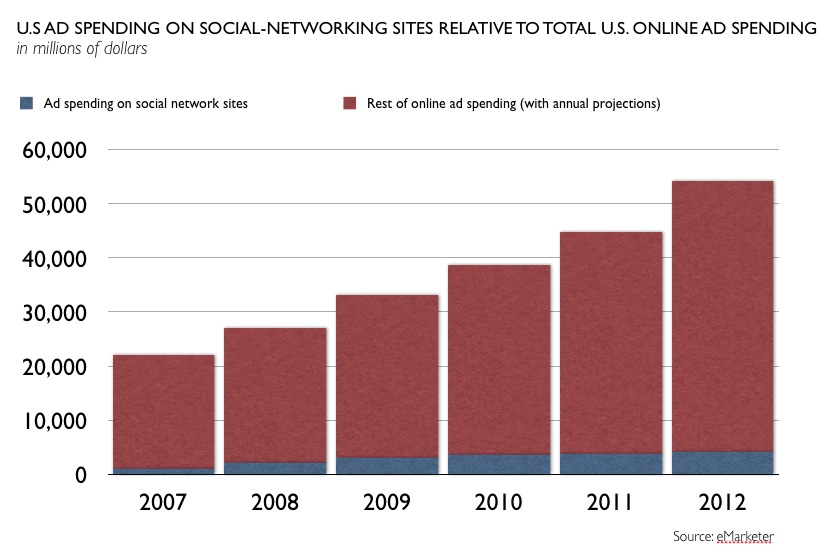Social networking’s bubble grows. How to capitalize.

Social networking is the fastest-growing activity on the user-centric Internet. The idea is that most anyone can join a large, loosely connected network of “friends” to share personal or professional information, establish contacts, communicate, align social activities, establish a personality or brand, and vicariously act-out life online. You pass your profile to your friends, who pass it on to their friends, who … you get the idea. Soon the numbers multiply through the magic of network science. You become a member of a huge “community” without borders, with few rules of citizenship, with expansive, largely uncharted norms of behavior.
Growth is astonishing so far. Sites such as MySpace, Facebook, Bebo, Ning, Linked In, Plaxo, Orkrut and Pownce boast tens of millions of visitors a month; in the cases of MySpace and Facebook, much more. But the money has yet to scale into profits. Hardly a fad, the phenomena has roots in passing around your high school yearbook for signatures, memories, and future aspirations. The 2008 online version has swept the Internet, spreading virally through sites of all sizes and capabilities, some intertwined as platforms. Fast companies like News Corp., Google and AOL have invested hundreds of millions of dollars to buy a piece of the action.
But is there a business in it? The prevailing wisdom is that the money will come from advertising after large communities are built around social networks – the old build-it-and-the-money-will-follow-the-audience model that supplied the air for the first Internet bubble. Advertisers say there’s currently not enough advertising to go around. And the advertising that’s up now is largely ignored. Bigger issue: why market to a mostly young audience that thinks you’re stepping on their personal conversations?
This month’s MIT’s Technology Review asks if the next bubble is about to burst. One answer: Social networks don’t make money. Another: But they could. Then there’s the question of who owns your friends.
Money follows behaviors: Look for the emergence of viable business models as social networks target smaller affinity groups with high value information, premium services and applications, and members-only privileges and benefits.
Advertising in these networks will morph into transactions for services, products, intelligence and data that provide an advantage to members. Successful sites will emphasize long-term benefits for advertisers to establish a measurable relationship with high-worth users.
Additionally, sites will offer broader insights into consumers’ offline behavior beyond the basic targeting. Players will have to commit for the long run, however. The U.S. Federal Trade Commission, Congress, state lawmakers and digital rights advocates are already raising privacy concerns. We expect those concerns to be resolved, even at the continued loss of privacy, in an emerging landscape of permission-based marketing. Meantime, some advertisers won’t risk their marketing efforts on either uncertain public policy or on personal, perhaps unreliable, information that consumers supply to their networks or that they display on their personal pages within the community.




